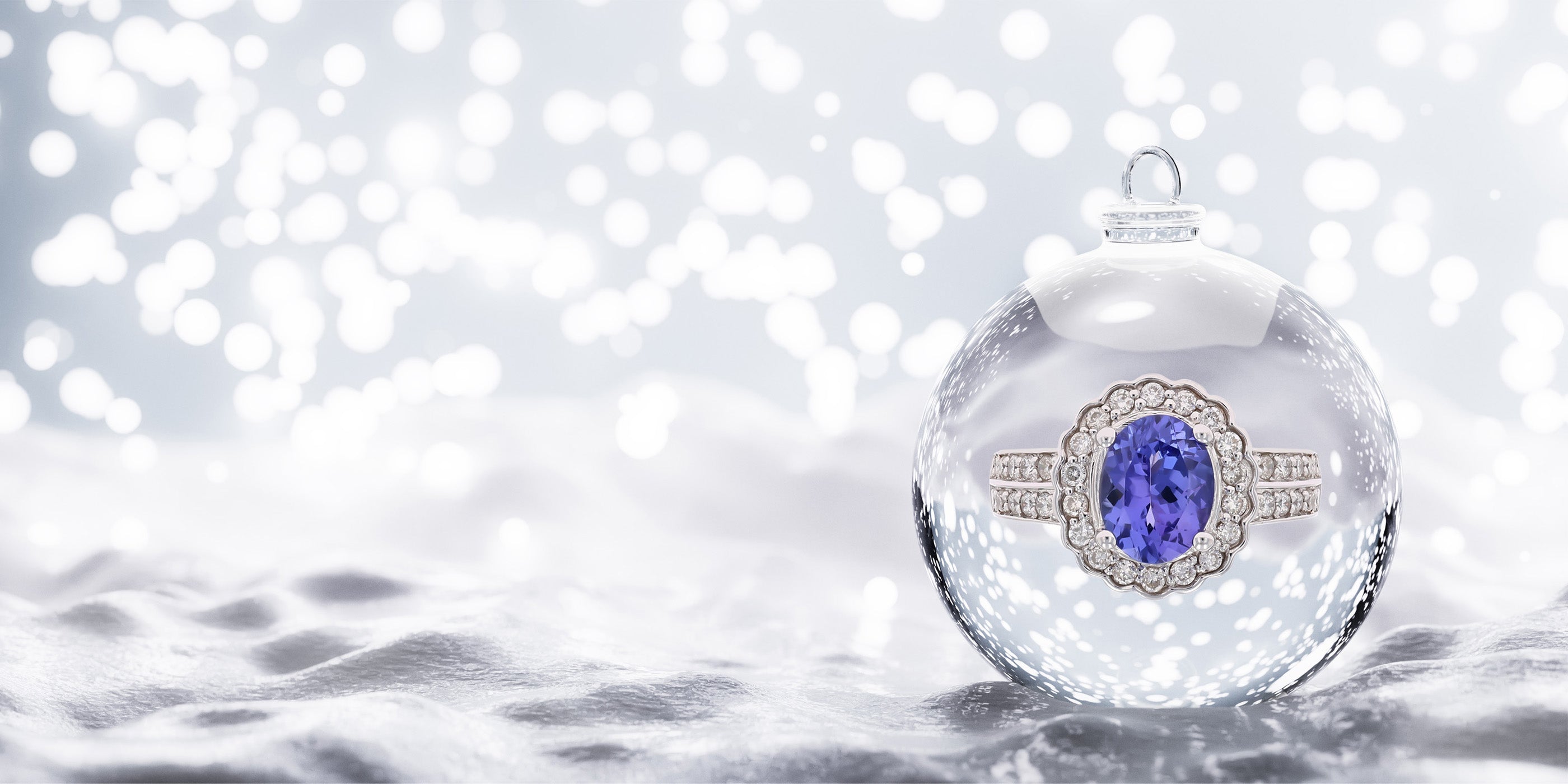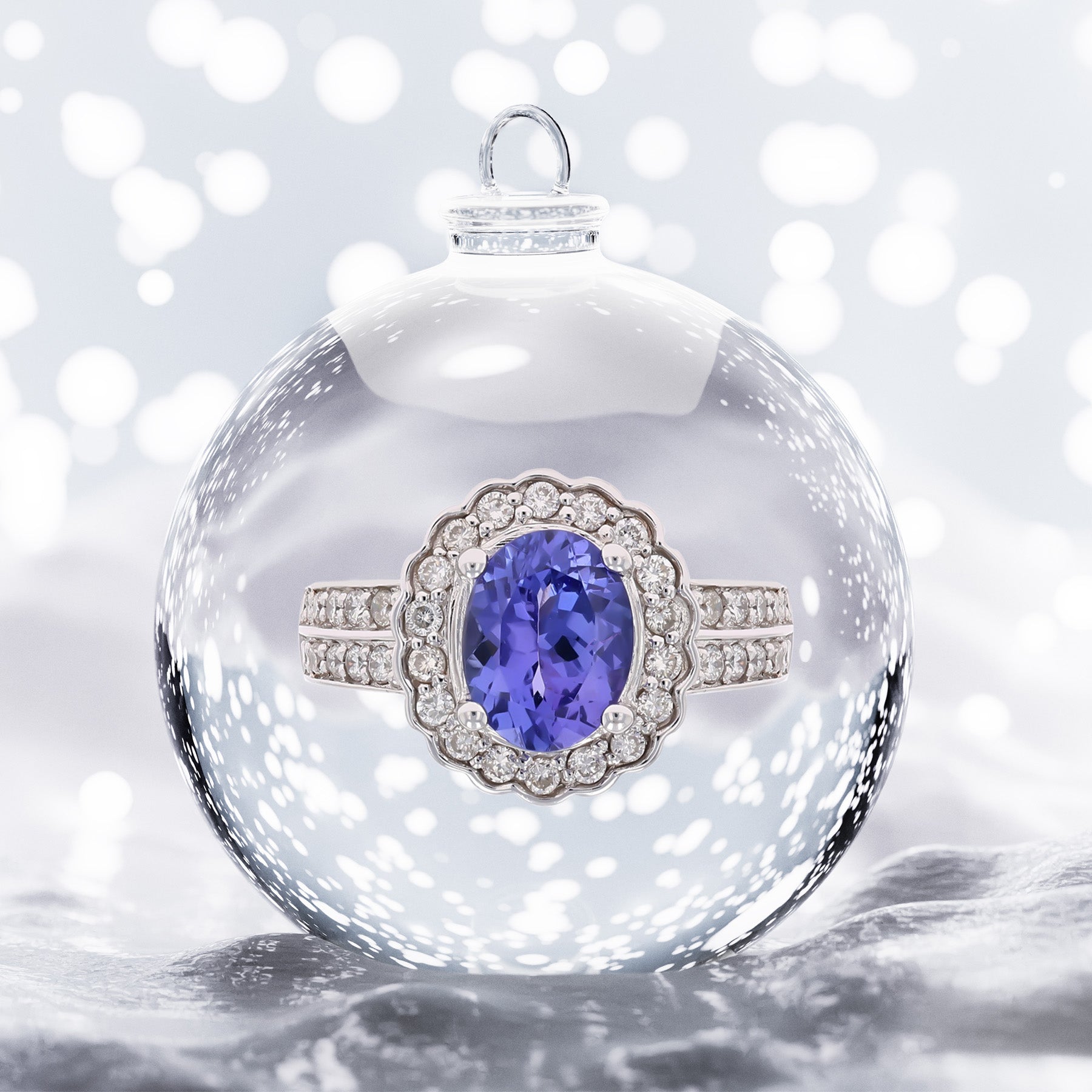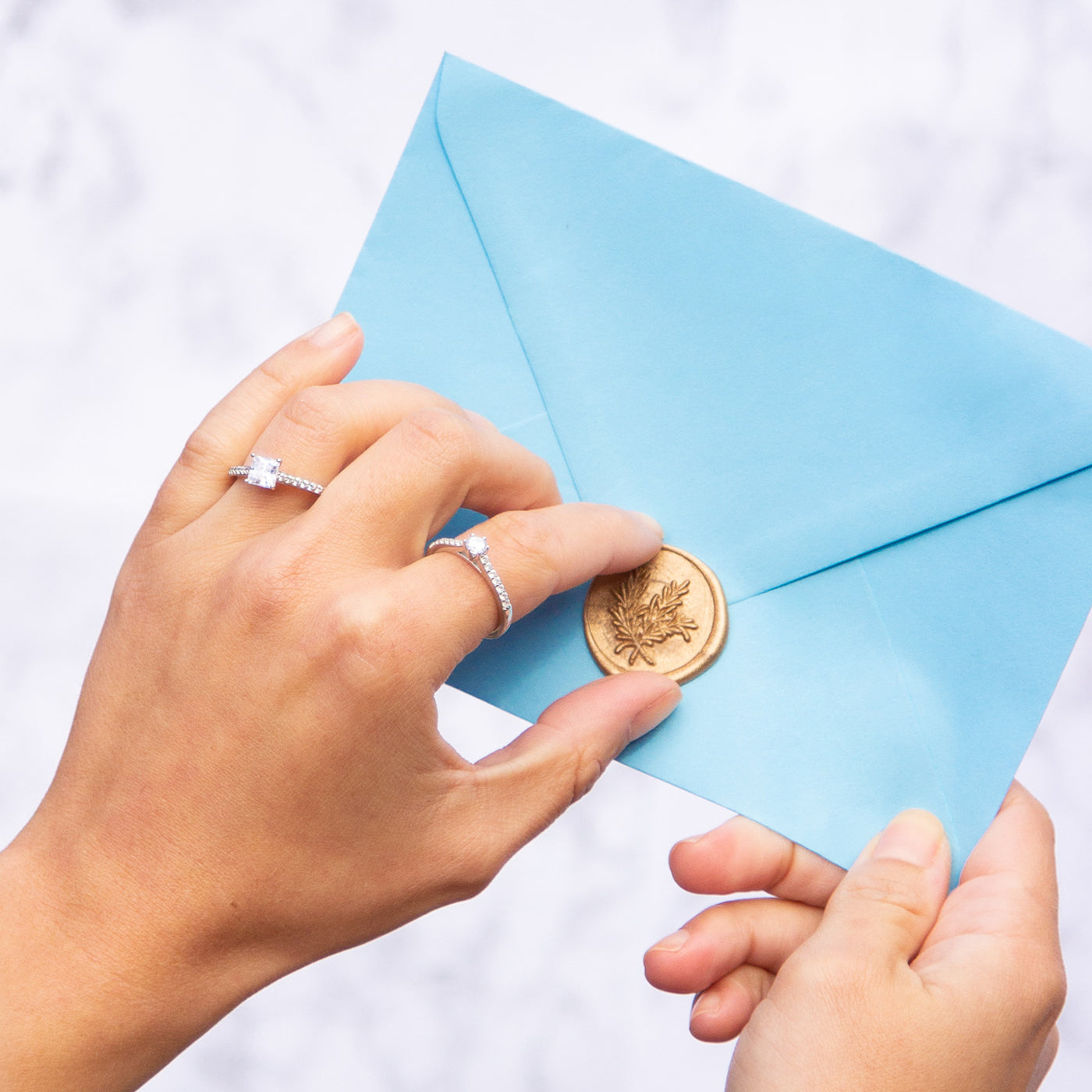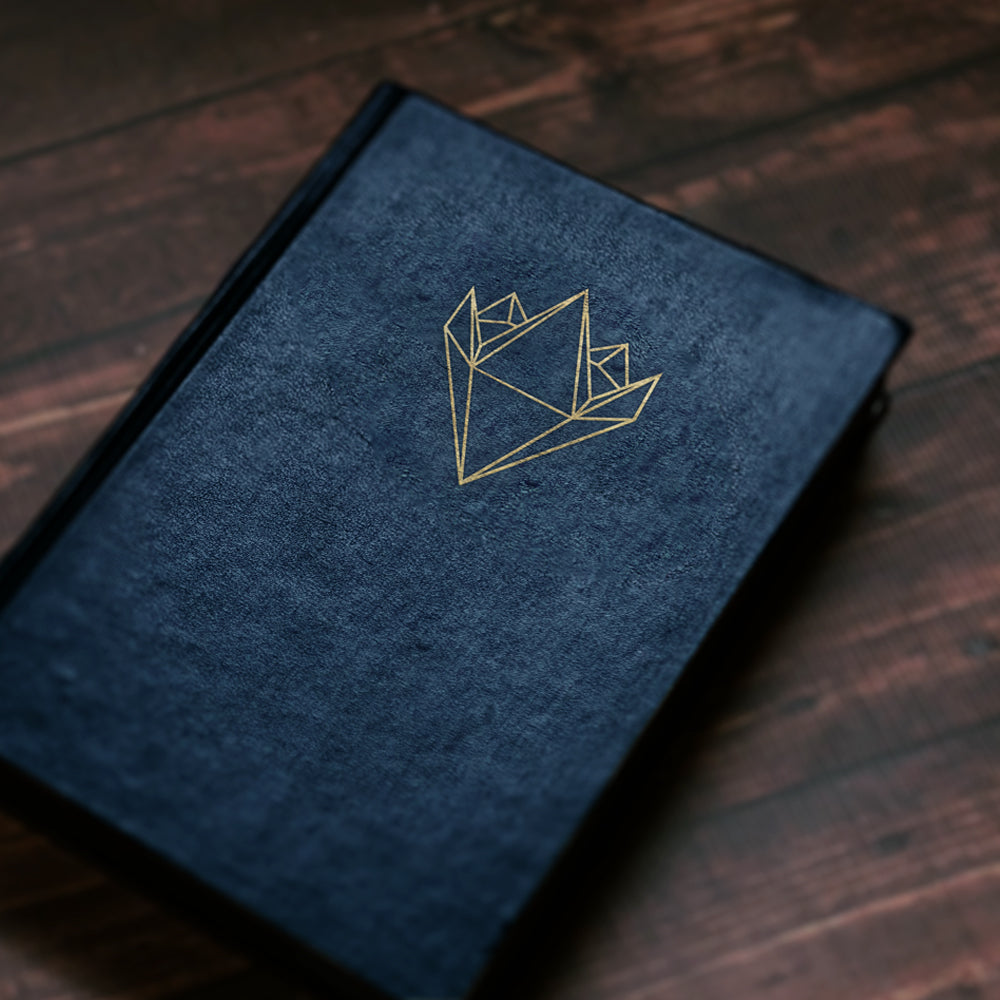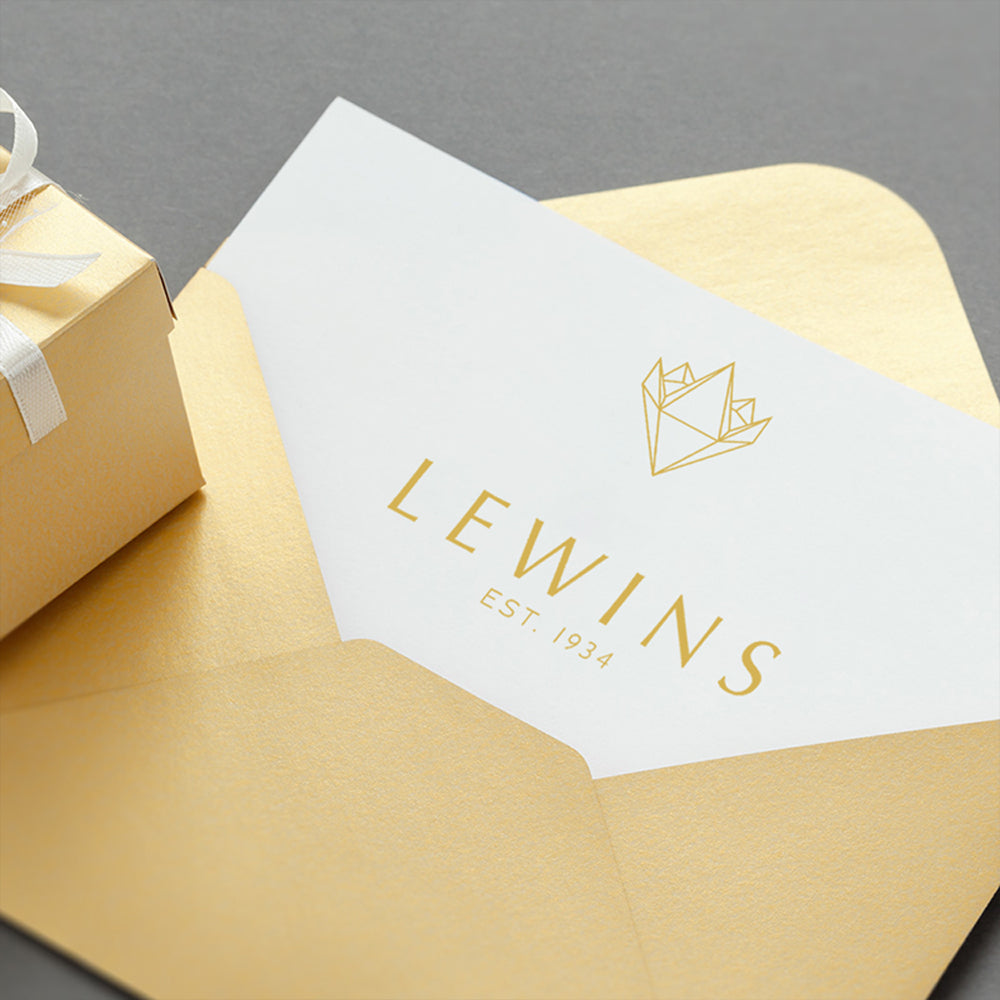This vintage ring showcases a magnificent asscher cut emerald, elegantly held in place by a eight prong setting. Surrounding the emerald on a lower tier, a halo of single cut meleé diamonds, are meticulously arranged within a claw setting. The overall head size of this cluster ring approximately measures 9.7 x 9.7mm and has a height of 5mm. The cluster is elegantly mounted within hallmarked platinum.
Material: Platinum
Brand: Lewins Vintage
Style: Cluster
Primary Stones: Emerald, 1x Asscher Cut, apx total weight 0.87cts (5.7x5.6mm)
Accent Stones: Diamonds, 12x Single Cuts, apx total weight 0.09cts
Birthstone: Emerald - May, Diamond - April
Anniversary: Emerald - 20th, 35th, Diamond - 10th, 60th
Ring Size: L
Resizeable: Yes
Weight: 3.23 grams
Condition: Good (wear consistent with age and use)
Period: Vintage, Modern
Hallmark: Inscription stamp, assigned after the item was created, design suggests the origin is older. The standard mark, “950”. The assay office mark of London. The date letter mark “j”, indicating circa 2008. The maker’s or sponsor’s mark, “JL”.
Jewellery Odyssey:
The Georgian Era, (quintessentially named due to the reign of four Georges, King George I - IV) saw the design of the traditional "Cluster Ring". A ring with a central gemstone, traditionally round or oval and surround by a halo of more gemstones. The design evolved through different eras of history (Victorian, Edwardian, Art Deco and Contemporary) and today we see many variations to the original "Cluster Ring".
Gem Lore:
Emerald - derives from the greek word ‘smaragdos’, which simply translates to ‘green stone’. In many ancient cultures, Emeralds are notoriously known, for bestowing good luck to those that adorn the gemstone. From being considered as ‘holy’ by the Aztecs ... to the writings of Veda, which unearthed the gemstone to ‘improve one’s well-being’. Even the ‘holy grail’ itself, was depicted as being created, from an emerald.
Diamond - derives from the Greek word ‘adamas’, which translates to ‘invincible’. Today, the meaning somewhat refers, to the gemstones excellent hardness (ranking 10 on Mohs' scale), hence diamonds are highly resistant to be scratched or abraded by another material, other than diamonds itself. Moreover, diamonds possess the magical phenomenon of fire, which relies on the facetted gemstones ability to disperse (split) light, into a rainbow of colours.
The ancient Egyptians thought diamonds symbolised life, and the Pharaohs were known to place the gemstone in the centre of an ankh cross. Whereas, the ancient Greeks believed diamonds to be the tears of the gods or broken splinters from fallen stars. Alternatively, in ancient Roman literature it is noted that Cupids arrows were ‘diamond tipped’, maybe one of the first references that associates the gemstone with love.
Ring Resizing Service - How To Request Your Size:
If the current ring size listed under the details section, does not match your requirements. Please complete the enquiry form: including the reference code of the ring, which is located above the price, along with the ring size you need.
We will assess the feasibility of your request and provide you with a quotation for the bespoke alteration. If you decide to proceed, we will email you a link to review and process your customised order.
*Please Note: our resizing service typically requires a timeframe of 10 to 14 working days to complete. Rings that have been resized, cannot be returned for an exchange or refund.
Can Any Ring Be Resized?
No, depending on the design and setting, some rings cannot be resized. Whilst other rings can be safely resized up or down, by one to four sizes.
Are There Limitations To Resizing Rings?
Yes, it is important to appreciate that rings are made to fit their current size. When a request is made to significantly reduce the current size, it can result in the band developing an oval shape. Equally, increasing the size beyond a certain point, can alter the curvature of the band. Such modifications can potentially compromise the stability of settings, that hold gemstones securely in place.
As a result, there are limitations on how much a ring can be resized without compromising its structural integrity. If a requested size change impedes the durability of the ring, alternative solutions such as incorporating a half shank or soldered beads, if appropriate can be suggested.
Remember there is only about a 1mm difference between each whole ring size. For more information on what to consider when finding your size, read our blog: "The Factors Affecting Ring Size”.
Jewellery Care Precautions:
Avoid direct contact with: perfume, lotions, skincare, hairspray / other chemicals. Remove, your jewellery: when showering, swimming (as both chlorine and saltwater will react with metals), washing your hands / using hand sanitisers, before going to bed or when participating in physical activities (going to the gym, exercising, gardening, housework etc….).
Beware, metals may tarnish over time due to oxygen contact and natural body oils. Prevent items from being exposed to moisture and direct sunlight, for long periods. Store jewellery in a dry place away from humidity, in a pouch/jewellery box and keep each piece separated from each other. Care, for your jewellery by cleaning with a soft dry cloth.
Platinum:
Platinum as an element in it purest form, is denser and stronger than gold. Due to this, platinum can be used in a purer form than gold, and when used in jewellery, 90-95% of platinum is alloyed with cobalt/iridium. Containing a high purity of platinum, means that of all of the precious metals used in jewellery, platinum is the most hypoallergenic.
Platinum is naturally white in colour and unlike white gold or sterling silver it will not tarnish, fade or discolour. However with natural age and wear, the high polish will dull to a darker matte tone and the metal will develop a patina of age. Although durable, platinum has a softer surface than 18ct white gold, and the appearance of scratches are more visible. Heavy wear will result in surface damages of little bumps and ridges.
To prolong the condition and surface wear of platinum, it is advisable to practise our jewellery care precautions. A professional polish, with our workshop, will revive the high mirror-like polish and smooth surface of your platinum jewellery.
Emerald, Beryl:
Hardness: 7.5 | Toughness: Poor | Stability: Fair
Extreme Caution, Avoid: Sudden Impact (pressure, knocks), Chemicals (acids, detergents, solvents, nail polish remover), Heat, Jewellery Cleaners (ultrasonic, steam cleaners).
Gemmological Observation: Emerald is a very brittle stone, it can fracture/chip easily due to internal fissures. Please avoid wearing during an activity that can cause this gemstone to be knocked. Clean with mild soapy water and dry with a soft cloth. Never soak in detergents/solvents/ultrasonic cleaning - as this can cause the removal of any oils, if present.
Diamond:
Hardness: 10 | Toughness: Good | Stability: Excellent
Low Caution: A very durable gemstone, generally it is safe to use in; Jewellery Cleaners (Dips, Ultrasonic, Steam Cleaners).
Gemmological Observation: Diamonds have excellent hardness, this means only a diamond can scratch/abrade another diamond. To avoid scratches, store your diamond set jewellery separately. Diamonds only have good toughness, as they possess perfect cleavage. This means that if knocked in the wrong direction, the diamond can cleave/fracture. Whilst wearing, you will need to avoid: Sudden Impact (sharp knocks). If the diamond is heavily fractured, you will need to avoid using: Jewellery Cleaners (ultrasonic, steam cleaners).
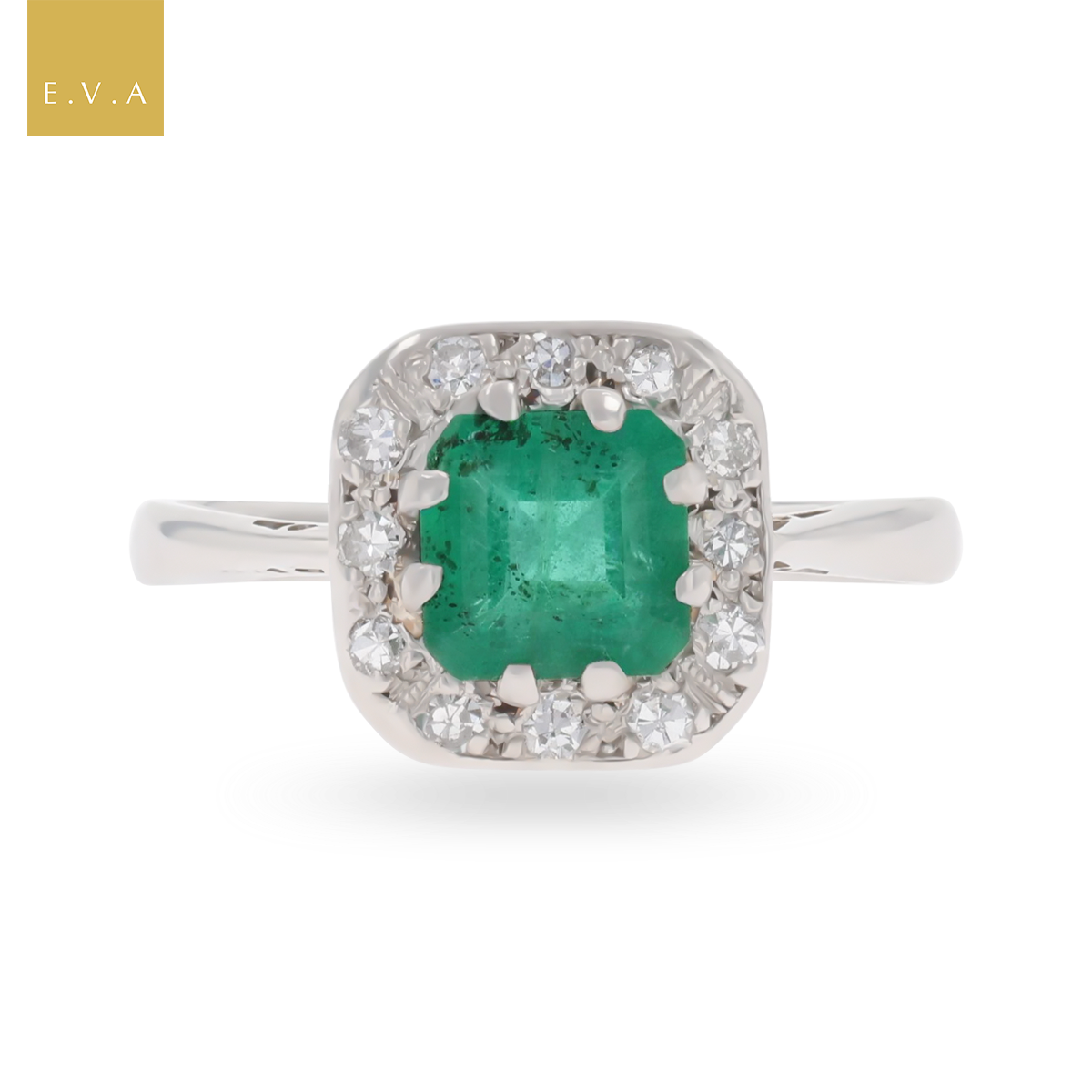
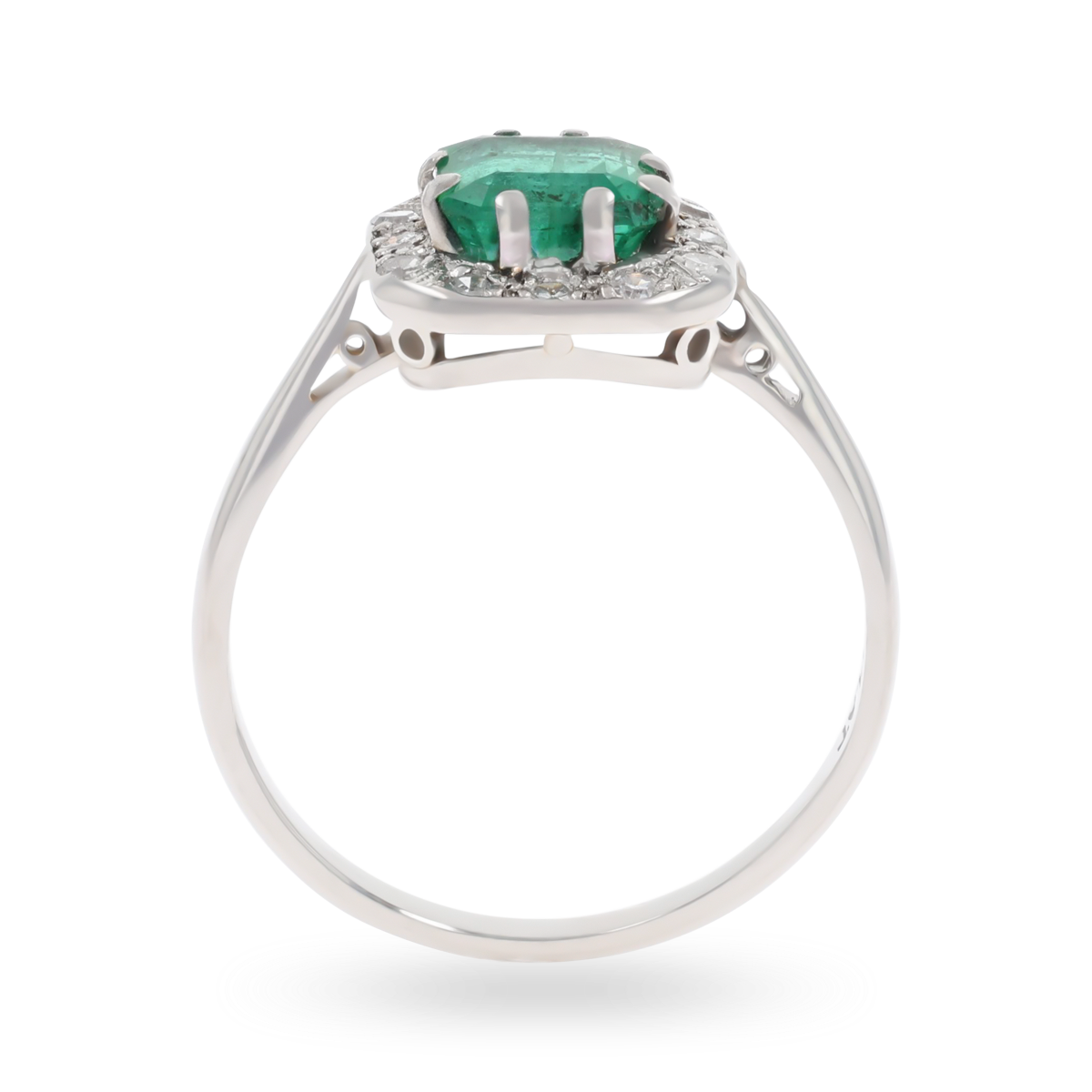


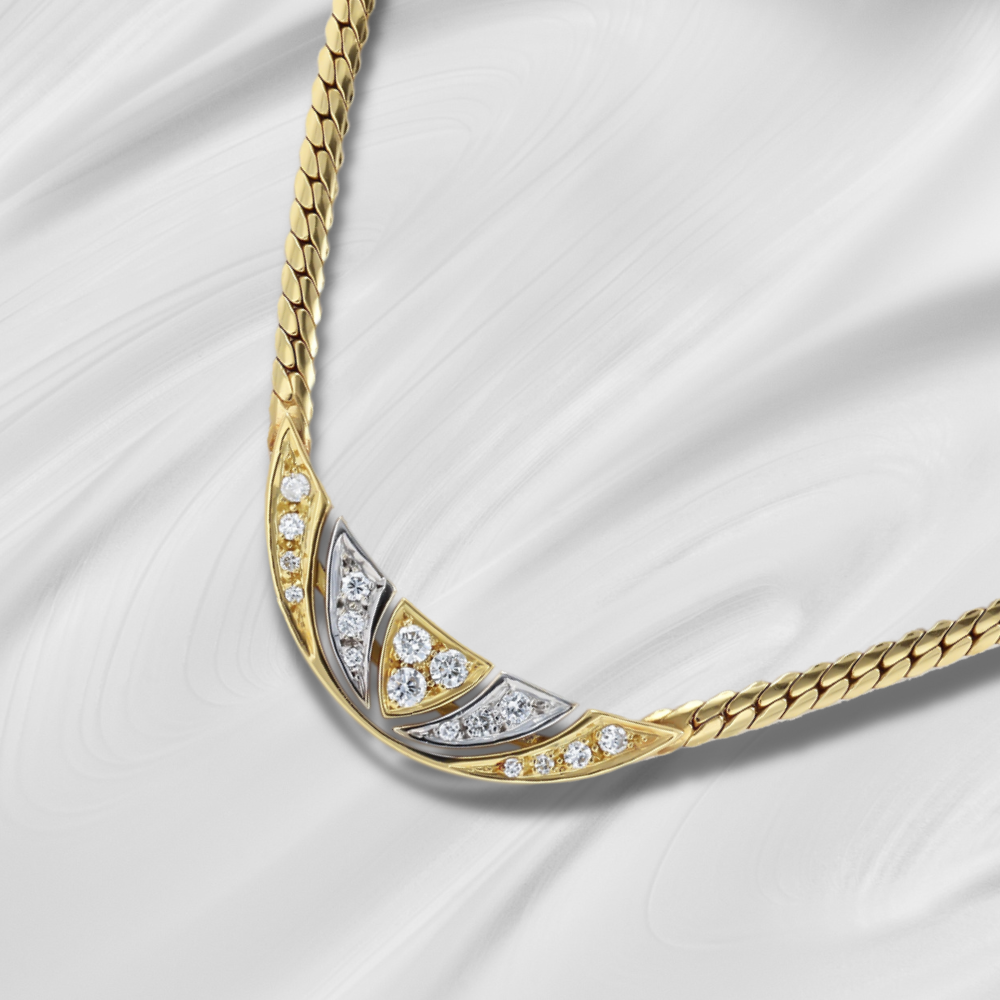
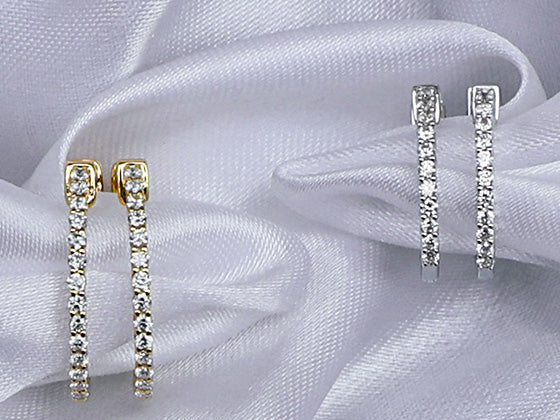
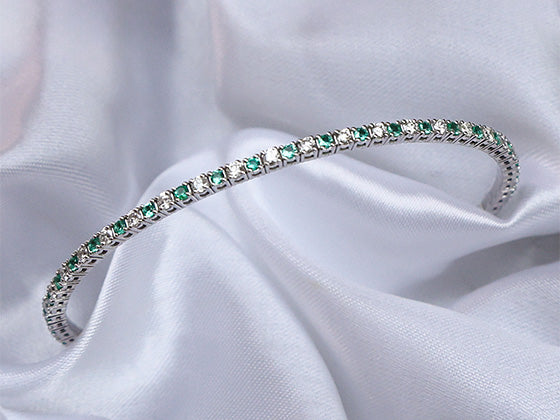

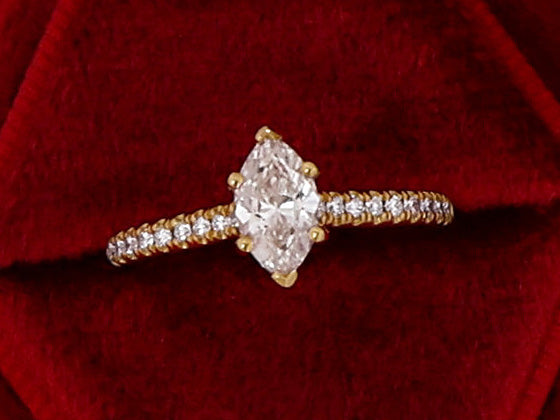
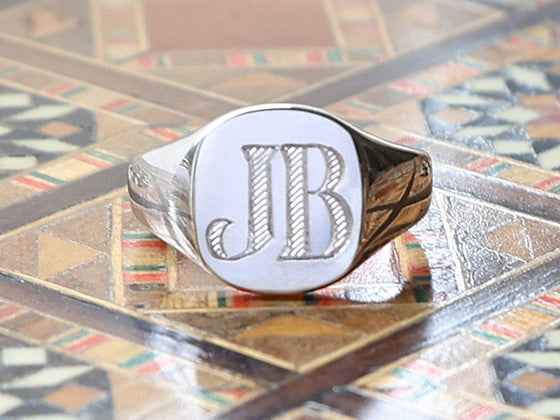
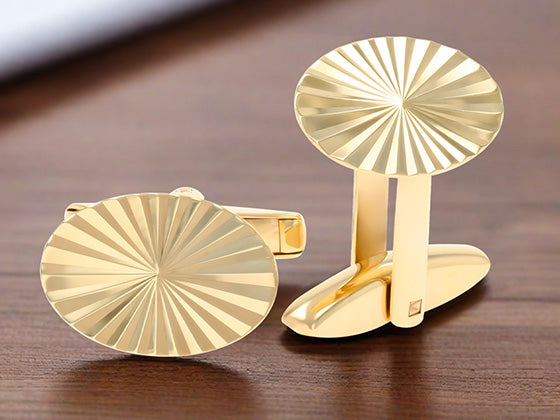
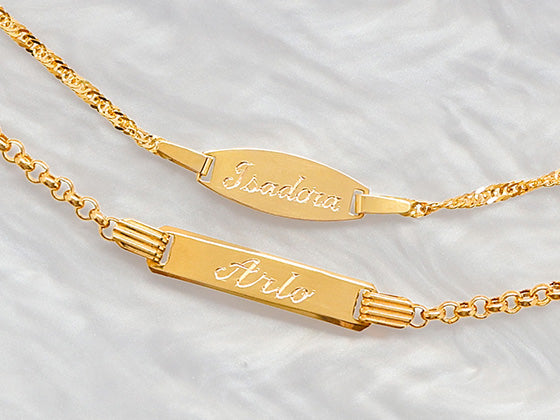
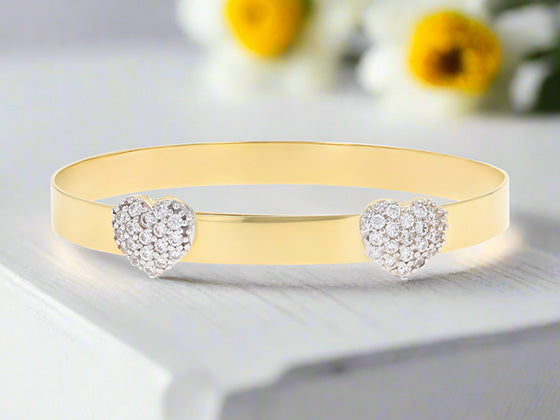
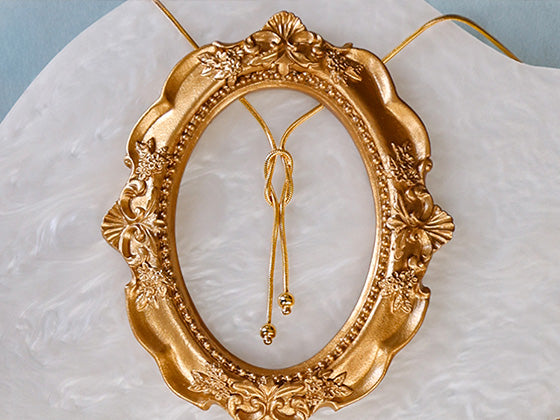
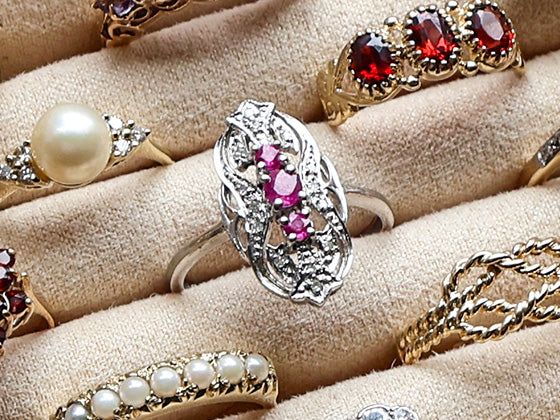
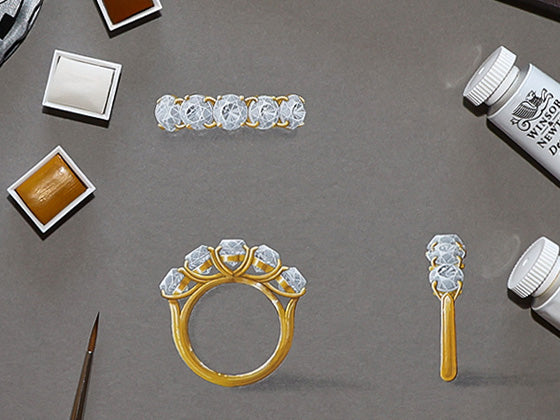
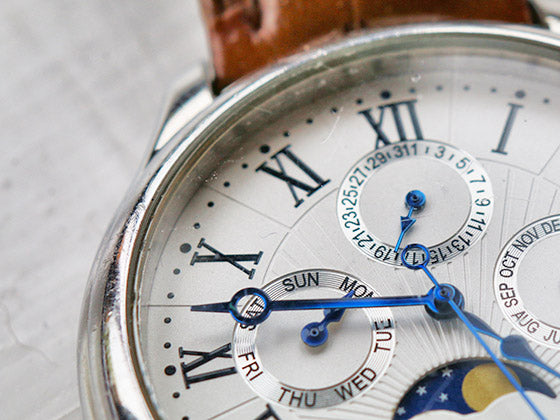
 Contact Us
Contact Us



